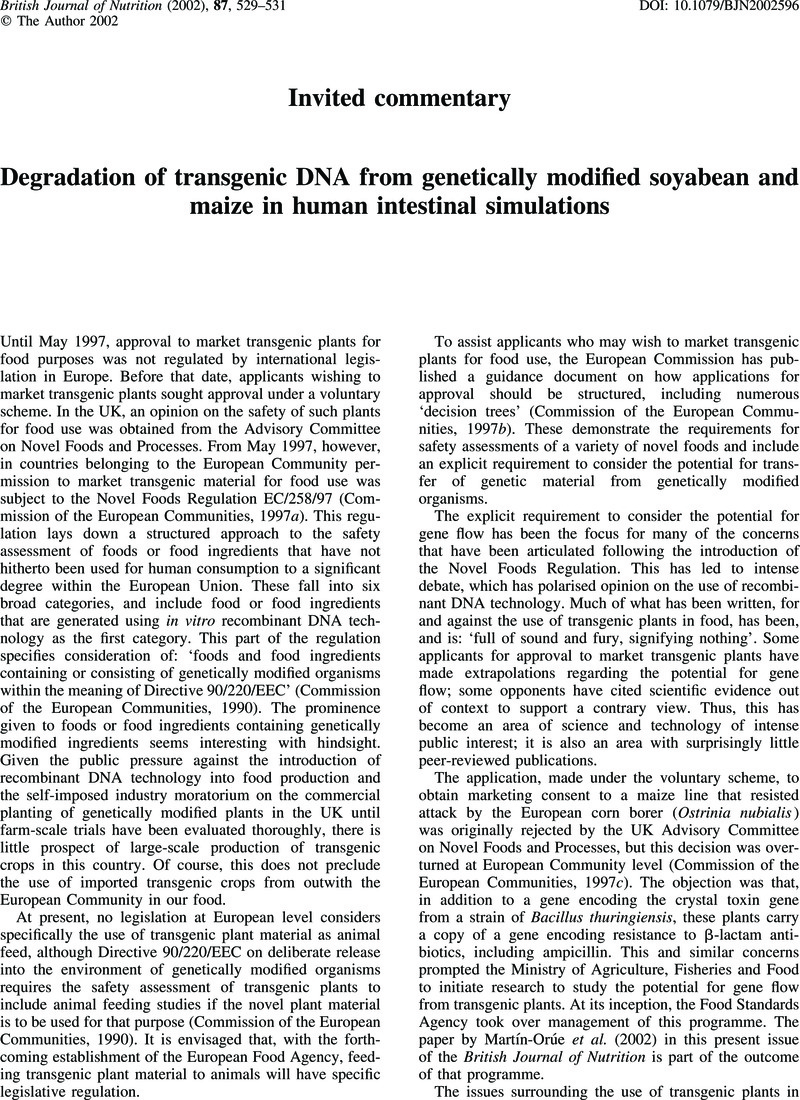Crossref Citations
This article has been cited by the following publications. This list is generated based on data provided by Crossref.
Ferrini, A.M.
Mannoni, V.
Pontieri, E.
and
Pourshaban, M.
2007.
Longer Resistance of Some DNA Traits from BT176 Maize to Gastric Juice from Gastrointestinal Affected Patients.
International Journal of Immunopathology and Pharmacology,
Vol. 20,
Issue. 1,
p.
111.



